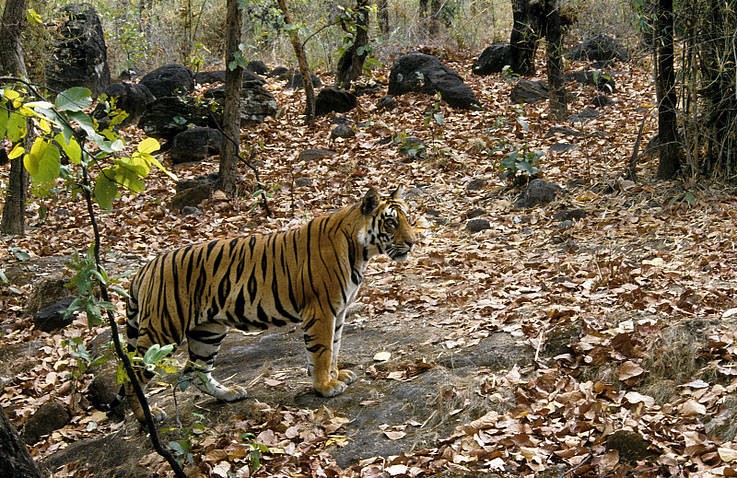Free Courses Sale ends Soon, Get It Now


Free Courses Sale ends Soon, Get It Now



Disclaimer: Copyright infringement not intended.
Context
About Terai
More about the news
|
PRACTICE QUESTION Critically examine the interlinked challenges posed by climate change and habitat loss to the conservation of tigers in India. Suggest effective strategies for mitigating these challenges and ensuring the long-term survival of this iconic species. |
© 2024 iasgyan. All right reserved